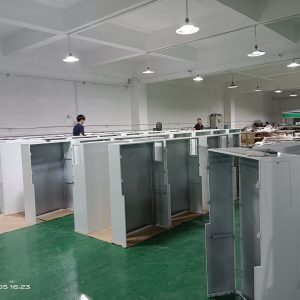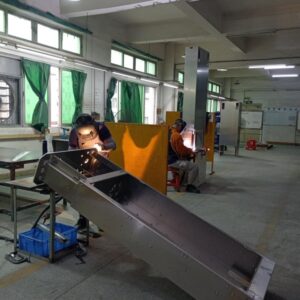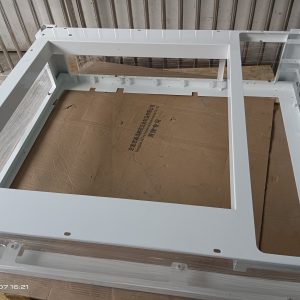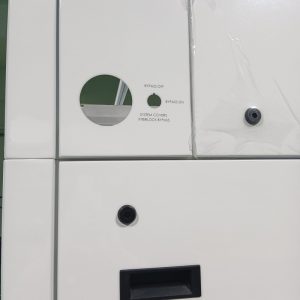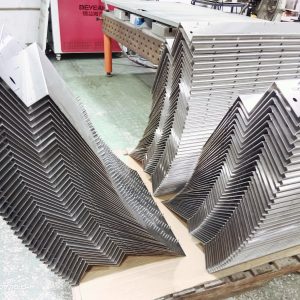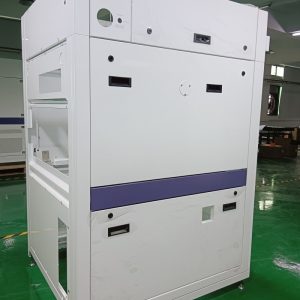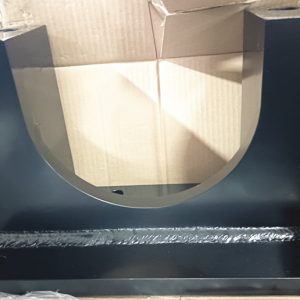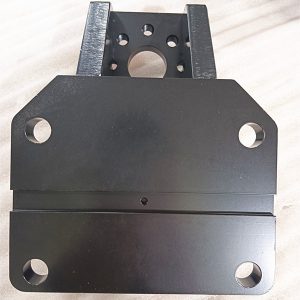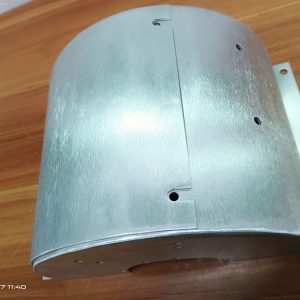Designing sheet metal parts requires attention to detail to ensure the parts are manufacturable, cost-effective, and functional. Here are comprehensive guidelines to follow:
Material Selection
- Choose the Right Material: Select materials based on required properties such as strength, corrosion resistance, and formability. Common materials include steel, stainless steel, aluminum, and copper.
Bending Guidelines
- Bend Radius: Maintain a minimum bend radius of at least 1 to 1.5 times the material thickness to avoid cracking and ensure proper bending.
- Bend Allowance: Include bend allowance in your design to account for the material stretch and compression during bending.
- Bend Direction: Design bends in the same direction to reduce setup time and tooling costs.
- Bend Relief: Provide bend relief to avoid material tearing near bends.
Hole and Slot Guidelines
- Hole Distance: Place holes at least twice the material thickness away from bends and edges to prevent deformation.
- Hole Diameter: Ensure the hole diameter is at least equal to the material thickness for clean punching.
- Slot Length: Limit slot length to a maximum of five times the material thickness to maintain structural integrity.
- Slot Width: Ensure slot width is at least the material thickness.
Feature Design
- Corner Radii: Use a minimum internal corner radius equal to the material thickness to prevent stress concentration and cracking.
- Notches and Tabs: Design notches to be at least 1.5 times the material thickness away from bends and edges. Tabs should have a width of at least twice the material thickness.
Tolerances
- General Tolerances: Apply realistic tolerances based on manufacturing capabilities to avoid increased costs.
- Forming Tolerances: Allow for generous tolerances in formed features due to potential variability in forming processes.
Fastening and Assembly
- Fastener Clearance: Design clearance holes slightly larger than the fastener diameter for easy assembly.
- Self-Locating Features: Use tab and slot designs for self-locating parts during assembly to improve alignment and reduce assembly time.
Surface Finish
- Surface Treatments: Consider surface treatments (e.g., painting, powder coating, anodizing) early in the design process to ensure proper adhesion and protection.
Manufacturing Constraints
- Tool Access: Ensure adequate access for tools during manufacturing, including bending, punching, and welding.
- Part Orientation: Design parts to minimize reorientation during manufacturing to save time and reduce costs.
Design for Automation
- Consistency: Maintain consistent design features to facilitate automated manufacturing processes.
- Standardization: Use standard hole sizes, bend radii, and other features to leverage existing tooling and reduce costs.
Other Considerations
- Draft Angles: Include draft angles for parts that need to be drawn or extruded to allow for easy removal from molds or dies.
- Symmetry: Design symmetrical parts when possible to simplify manufacturing and reduce the number of unique tools required.
- Part Nesting: Design parts to optimize material usage by considering nesting layouts.
By adhering to these guidelines, you can create sheet metal designs that are efficient to manufacture, cost-effective, and meet the desired functional requirements.
Related Links:
china custom sheet metal parts | sheet metal fabrication company china | china sheet metal fabrication companies | china sheet metal fabrication manufacturers | china sheet metal forming manufacturers | china sheet metal fabrication factory | sheet metal fabrication companies in china | sheet metal parts manufacturing china | china sheet metal parts manufacturers | china sheet metal parts company | china metal enclosure manufacturers | china aluminum sheet metal fabrication manufacturers | china sheet metal manufacturing manufacturers
